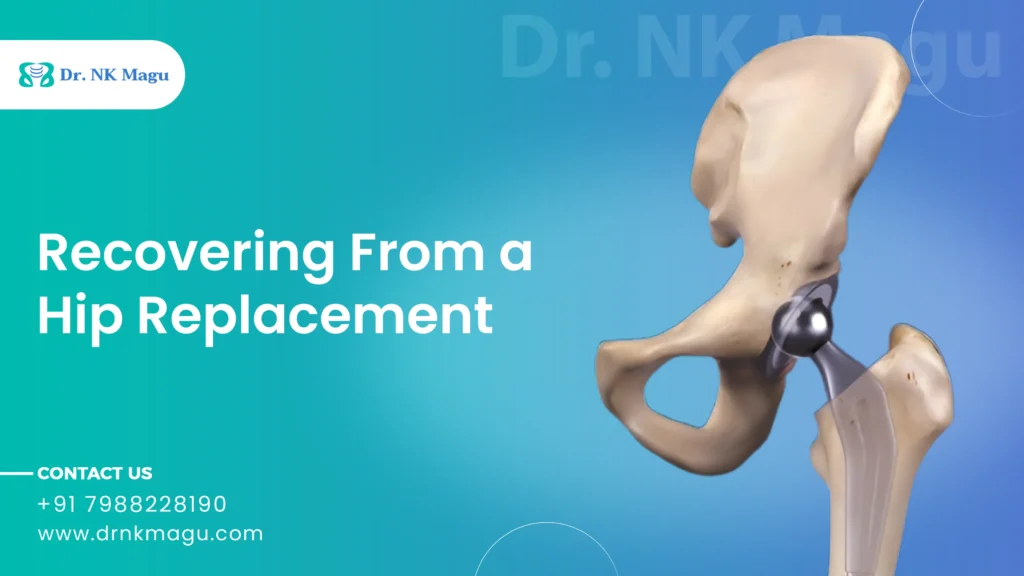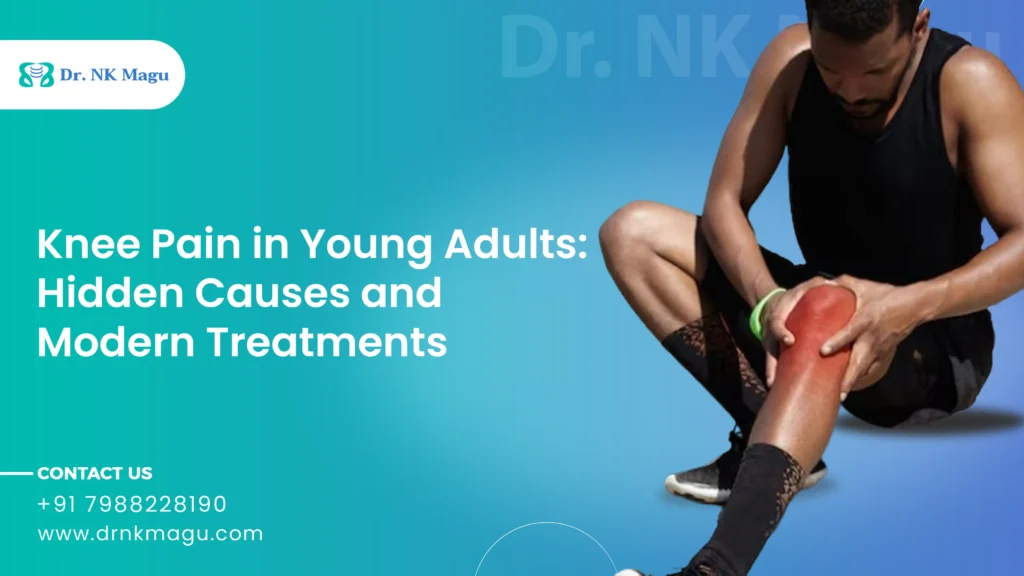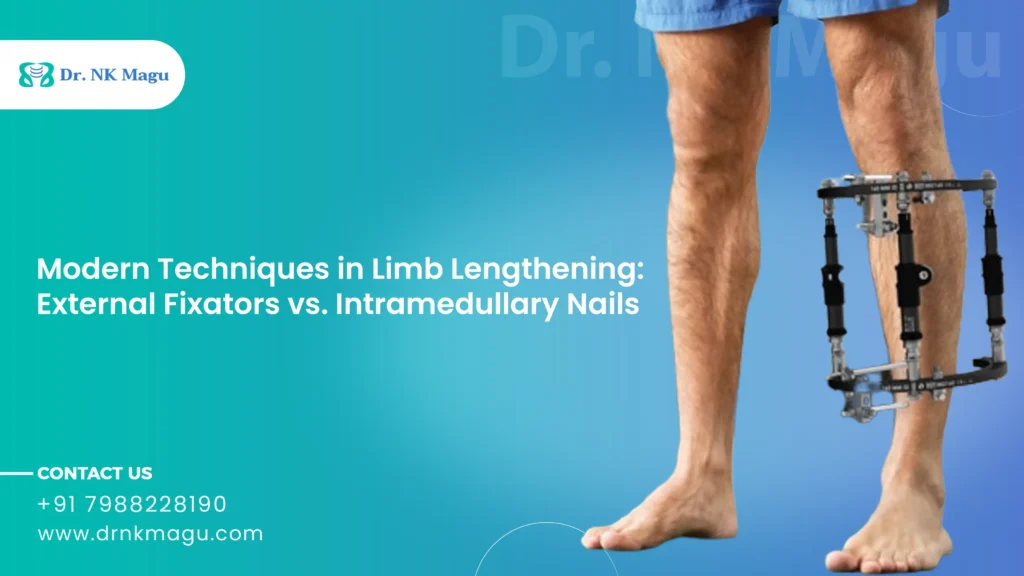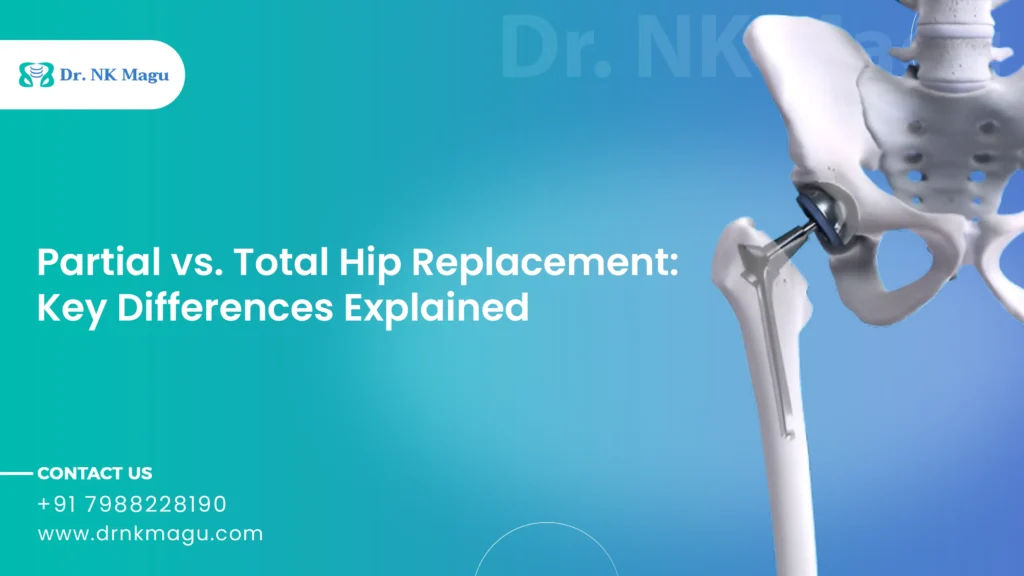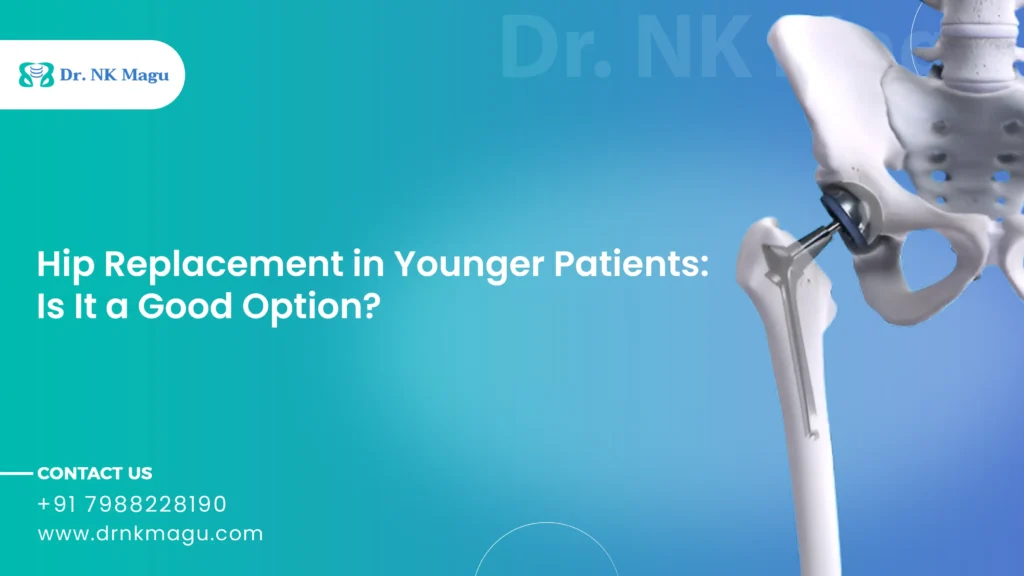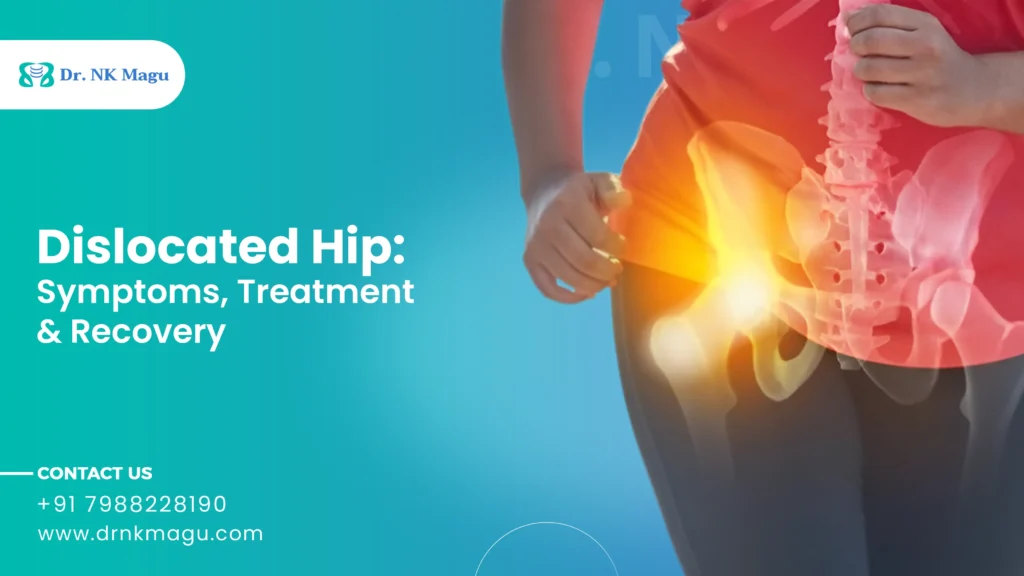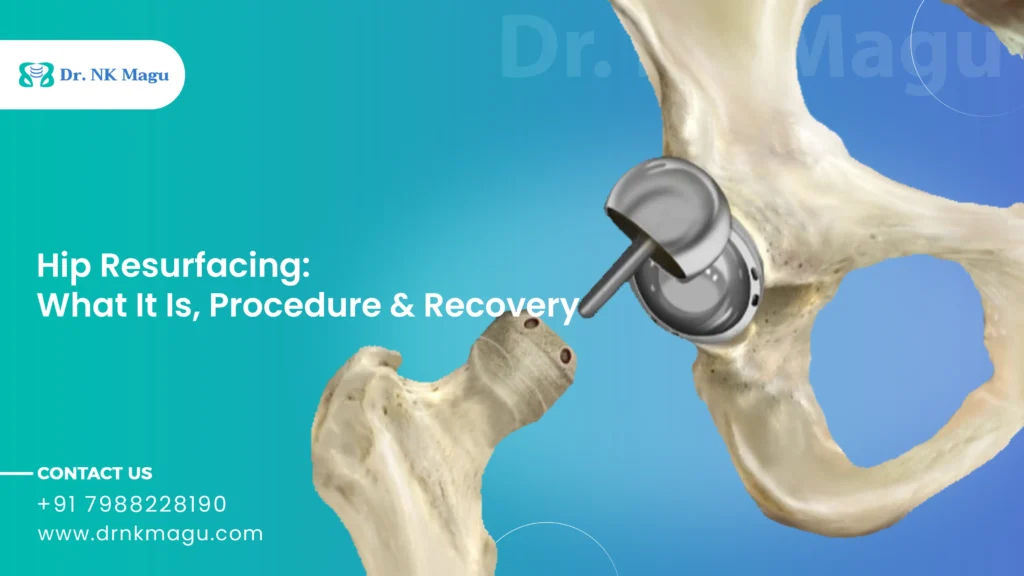Hip replacement surgery is a highly effective procedure to get relief from chronic hip pain. It can significantly improve the mobility and quality of life. This surgery is beneficial for those suffering from arthritis, injury, or wear and tear over time.
While the surgery is itself a significant step, the recovery process is also important as it helps patients return to their normal activities with comfort and confidence. Being an active participant in the recovery process ensures more successful outcomes.
In this blog, we’ll take a closer look at what to expect during recovery after a hip replacement to speed up the healing and make the process smoother and safer.
Total Hip Replacement Recovery Time- Week by Week
The recovery time after a hip replacement surgery depends on various factors such as the patient’s health, age, type of surgery, and how properly they follow the rehabilitation programme.
Hospital Stay
- You need to stay in the hospital for 2-3 days for the initial recovery phase
- Pain is managed through medications
- Light physiotherapy will begin within 24 hours to regain strength and mobility and prevent stiffness
- Early and gentle movements reduce the risk of complications such as blood clots
- Nurses and physiotherapists will help you in sitting, walking, and standing with support
Recovery at Home
You can go home 2-3 days post-surgery, and your physiotherapist will assist you in managing daily activities.
One to Six Weeks Post Surgery
- The first few weeks are critical for recovery and healing
- Pain and swelling gradually decrease
- Walker or crutches may be needed during this phase
- Exercises should be followed as recommended by the physiotherapist to improve regular movement and range of motion
- It’s better not to bend your hip to 90 degrees or twist your leg
- Avoid driving during this phase, or check with your doctor if you’re fit to drive
Six to Twelve Weeks Post Surgery
- Reduction of pain and stiffness and improvement of mobility
- Physiotherapy continues to boost strength, balance, and flexibility
- Driving may be possible after the doctor’s approval
- Most people start walking without support and resume light activities
- Try to avoid sexual activities during this phase
- Avoid sitting still for long periods
- If your job is not physically demanding, you may be able to return to work
Three to Six Months Post Surgery
- Regaining full mobility with no pain and swelling
- Avoid strenuous activities, but a person can go for walking, swimming, and cycling
- Continuous physiotherapy is vital to enhance endurance and strength
Six Months to One Year Post Surgery
- Significant improvements in mobility and strength
- People can resume their normal activities with higher-impact exercises and sports
- Physiotherapy may still be ongoing for improvement
Do’s and Don’ts After Hip Replacement Surgery
It is important to take proper precautions to ensure healing and prevent the new joint from dislocating.
Do’s
- Keep the leg facing forward
- Follow the exercises recommended by the physiotherapist
- Use an ice pack to reduce pain and swelling
- Keep your incision clean and dry
- Take regular pain management medications
- Sit in a reclining position
- Apply a heating pad before exercising to assist with the range of motion
- Walk every day as far as it is comfortable
- Practice good sleep
- Maintain a balanced diet
Don’ts
- For at least 6 to 8 weeks, do not sit with your legs crossed
- Avoid walking without support initially
- Do not bend your hip more than 90 degrees
- Don’t lean forward while sitting
- Do not sit on low chairs or soft sofas
- Avoid picking up something from the floor while sitting
- Avoid turning your feet excessively inward or outward
- Avoid exercise involving jumping or sudden turns
- Do not lift heavy objects
Also Read:-Sleeping Position Tips After Total Hip Replacement Surgery
Complications
Complications after a hip replacement are not common, and very few people have serious complications such as:
- Blood clots
- Ball dislocation in the hip socket
- Wear and tear of the implant over time
- A difference in leg length
If you experience any of the above-mentioned complications, it is better to consult your healthcare provider for timely treatment.
Warning Signs to Watch Out For
After your surgery, if you experience any of these warning signs, call your doctor immediately:
- A fever higher than 100 degrees
- Shaking chills
- Severe swelling of your thigh, ankle, or foot
- Shortness of breath or chest pain
- Draining from the wound
- Severe pain with both activity and rest
Also Read:- When Can I Start Exercising After a Hip Replacement?
Final Thoughts
Hip replacement surgery is a major procedure with high success rates. Post-recovery phase is critical, which takes time, patience, and constant effort. With proper precautions and regular physiotherapy, patients can get the best outcome and return to pain pain-free and active lifestyle. Remember small improvement is a step towards getting your life back on track.


